In this blog, running coach and physiotherapist Jordan Shyu will be focusing on two of the main factors to answer this question:
VO2max
Running economy
VO2max
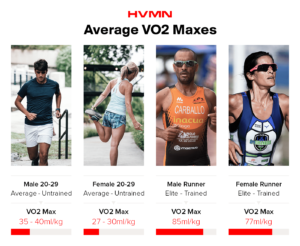
VO2max is the maximal uptake and usage of oxygen during exercise.
If we take the analogy of a runner being like a car, working on your VO2 is essentially like improving your engine. You are able to pump more oxygen around your body to help burn fuel at a greater rate, thereby outputting a greater amount of energy.
Refer back to my previous blog (link it) on interval training and how that can help improve your VO2max. It was once thought that VO2max was the be-all and end-all when it comes to performance—with a higher number correlating with improved performance. This is only true to some extent.
If you simply keep upgrading your car engine from a 4-cylinder to a v6 and then v8, yes the car engine has become more powerful, however, this may not necessarily lead to greater improvements in speed and performance. You can’t just stick a race car engine into a corolla and expect it to perform just as well!
It has been shown that the major factor of running economy is actually a greater predictor for running performance.
Running Economy

Running economy is a measure of how much oxygen is utilised by the body at a specific running pace. The less oxygen you are using at a certain speed, the more economical you are, thus allowing you to feel more comfortable.
This is very similar to fuel consumption in a car. If you have two runners both with the same VO2max, but one runner has a better running economy (RE), it will be easier for that runner to maintain the same speed.
This concept is demonstrated nicely in the graph. When both runners are running at the same speed; the runner represented by the squares is using less energy than the one represented by the circles. This allows the square runner to reach a faster speed, using the same amount of oxygen as the circle runner.
Now, as there are many factors that affect the fuel consumption of your car (tyres, aerodynamics, weight, fuel type etc.), the same concept holds true for your own running economy.
It is a reflection of your metabolic, cardiovascular, respiratory, biomechanical and neuromuscular systems! Of the above-listed factors, there are some that are pre-determined by your genetics and others that you are able to manipulate via training.
Two of the most impactful things you can do to improve your economy are strength/plyometric training and sprints/strides.
Strength training and plyometrics help build neuromuscular adaptations and also helps fortify and strengthen the actual muscles and tendons. This can help make the musculotendinous unit stiffer, thereby reducing energy loss.
Strides or sprints have also shown to help improve performance by improving neuromuscular coordination at higher running speeds. This correlates to improved coordination and efficiency at lower speeds as well.

Key Takeaways
Two major factors that affect running performance are VO2max and running economy
Utilise strength training, plyometrics, sprints and strides to improve your economy
Improving running economy takes time... so be patient!
If you have any questions, contact us to have a chat about the services we provide at PEAK to assist you in achieving your goals.
Jordan Shyu
Running Coach and Physiotherapist
PEAK
Let's get started — How can we help?
Physiotherapy
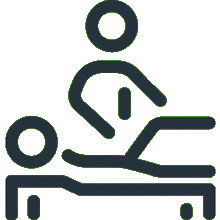
Chiropractic
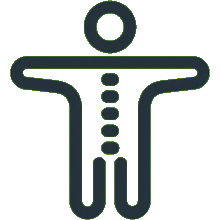
Podiatry
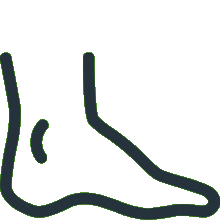
Massage Therapy
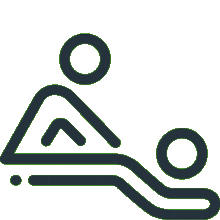
Women's Health Physiotherapy
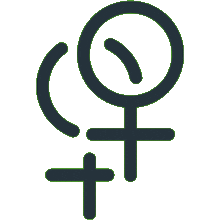
Running Program Tailored To Your Goals
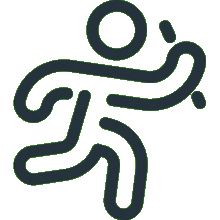
Joint Mobilisation
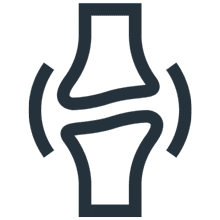
Active Release Technique
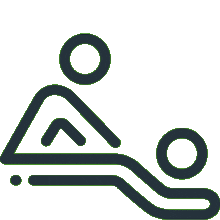
Exercise Prescription
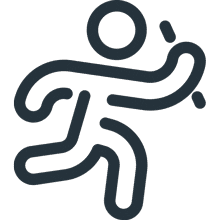
Real Time Ultrasound Imaging
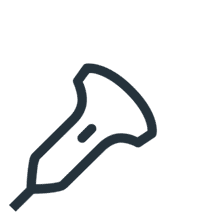
Spinal Manipulation
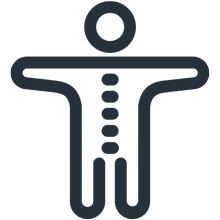
Functional Movement Screen
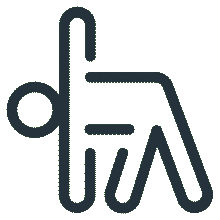
Knee Pain Treatment

Hamstring Strain Treatment
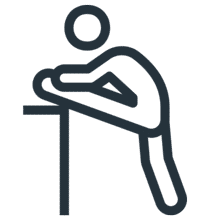
Hip Pain Treatment

Upper, Middle & Lower Back Pain

Neck Pain Treatment

Shoulder Pain & Rotator Cuff Tear

Can't find what you're after?
View all Services
Make an appointment
Or email the PEAK team at info@peakssc.com.au
Hawthorne
- Phone: (07) 3399 3318
- Fax: (07) 3319 6577
Address
5/171 Riding Road,Hawthorne, QLD, 4171 Get Directions
Opening Hours -
6 days per week
- Monday - Friday: 7:00 am - 8:00 pm
- Saturday: 7:00 am - 1:00 pm
To make a booking outside of business hours, please use our form by clicking here.
New Farm
- Phone: (07) 3399 4668
- Fax: (07) 3319 6577
Address
1/15 Lamington Street,New Farm, QLD, 4005 Get Directions
Opening Hours -
6 days per week
- Monday: 7:00 am - 8:00 pm
- Tuesday: 7:00 am - 8:00 pm
- Wednesday: 9:00 am - 8:00 pm
- Thursday: 10:00 am - 8:00 pm
- Friday: 7:00 am - 3:00 pm
- Saturday: 7:00 am - 3:00 pm
To make a booking outside of business hours, please use our form by clicking here.
